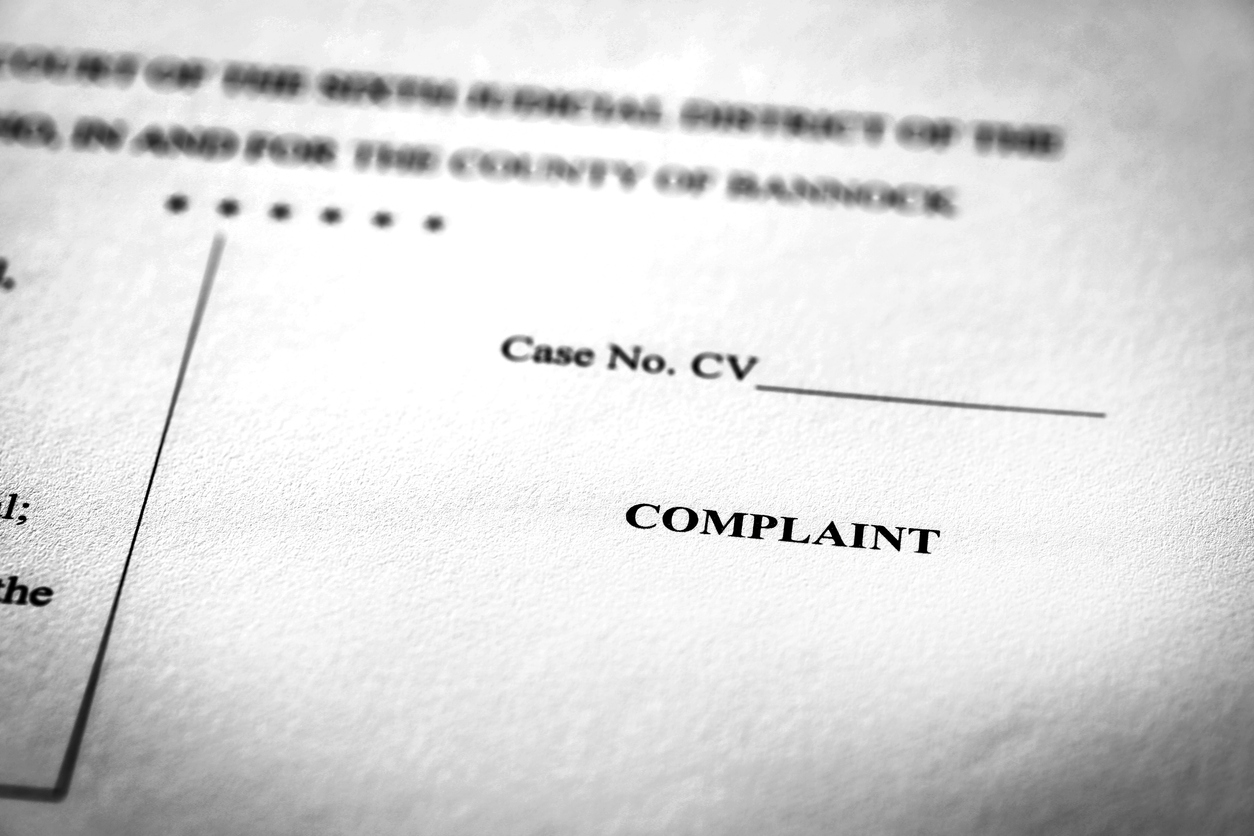Stephen Hadhazi has a website devoted to sharing his knowledge regarding vandalism losses with policyholders who have suffered losses. A licensed public adjuster in Texas, Florida, Hawaii, and Oklahoma, Stephen got his start working in the construction industry. Stephen explains,
Like so many public adjusters, I began as a general contractor and an roofing contractor who performed work primarily on homes damaged by hail, wind, hurricanes, etc. In the course of doing business with adjusters from the insurance carriers over the years it was kind of a natural progression to eventually move into full time Public Adjusting. I suppose my passion for helping others in just natural. It is sort of who I am.
Stephen has a passion for helping policyholders and is a devoted Insurance Claim Software Developer who has developed iScope™ Damage Estimating Software, Contents King©, MacroNote©, Claim Doc Labeler©, PicPal©, One-Button Desktop Cleanup© and One-Button Screenshot©. These programs are all available at www.InsuranceClaimSoftware.net.
Recently, Stephen shared his insight into documenting vandalism damage of commercial properties. The extent of damage to commercial property by vandals is something Stephen says needs more recognition and understanding. In this short 3 minute video, Stephen shows the breadth of problems that can be missed if the claim is not assessed with great detail and care. Stephen explains why some graffiti vandalism claims require more evaluation, “[y]ou might think a simple paint job would be sufficient, right? However, if the tagging affected the coil, you could be in for an extensive – and costly – repair. Vandals often tag the soft metal coil by carving their tags into the metal, requiring a complete replacement. What’s worse is when the coil is part of an older A/C system. If a replacement coil is not available, the entire A/C system must be replaced.” Click here to take a look at the scope of damage at various commercial properties.
At Victors, the vandals spray painted the exterior of the building, and the electrical conduit and gutters were damaged during their climb to the roof. Smashed glass from beer bottles was embedded in the plaza’s roof and caused widespread damage that might not have been noted with a cursory inspection of this loss. Copper wires were stripped from the wiring and air conditioning units, and tiles and other roof sections were also damaged by the vandals. The ability to recognize these areas of damage was crucial. All of these damages needed to be documented and presented in the insurance claim.
Stephen also provides suggestions on how to prevent vandalism claims.
The best way to deter vandals is to make sure that your building isn’t an easy target by making it as unappealing to vandals as possible. Spend a few hours thinking like a vandal and assessing your property from a vandal’s perspective…
Lighting – Because most vandalism occurs under the cover of darkness, dark areas may attract vandals, thieves, juveniles, transients, and others who don’t want to be seen. Which areas of your building are well-lit? Which areas are not?
Location – Where your building is located could also be a problem. Highly visible locations are attractive to taggers who want recognition while secluded areas may attract juveniles and drug users. While it may not be practical to change your location, you can beef up its security. Monitored surveillance systems with speakers that allow security personnel to warn intruders that they’ve been spotted and that law enforcement is on the way could be an effective deterrent.
Design – Complexes with parapet roofing, hidden courtyards, and other areas where vandals can easily hide are attractive to vandals. After all, vandals don’t want to be caught doing their deeds, so locations that offer the best concealment are often selected. Tearing down parapet walls may not be practical, but you could make your building less attractive to vandals by removing access routes, adding razor wire along the perimeter, and beefing up security with floodlights and surveillance systems.
Stephen Hadhazi helps policyholders who suffer various types of losses and wants policyholders to understand that the details of a claim make the difference in getting back to normal after any kind of a loss.



